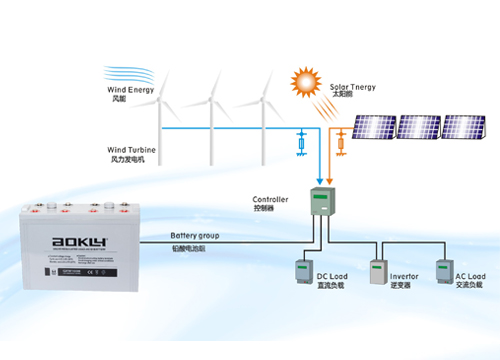Introduction
Photovoltaic grid-connected systems have emerged as a revolutionary technology, allowing us to harness solar power and meet the increasing global energy demands. These systems directly convert sunlight into electricity and integrate seamlessly with the existing electrical grid, making them a significant shift towards greener and more sustainable energy practices.
Components of a Photovoltaic Grid-Connected System
Photovoltaic Modules
At the core of a photovoltaic grid-connected system lie the photovoltaic modules, also known as solar panels. These modules are constructed with semiconductor materials, such as crystalline silicon or thin-film technology, capable of absorbing photons from sunlight. The interaction between photons and semiconductor materials initiates the photovoltaic effect, liberating electrons and creating a flow of direct current (DC) electricity.
Inverters and Power Conditioning Units
Inverters and power conditioning units play a crucial role in converting the DC electricity generated by the photovoltaic modules into alternating current (AC) electricity compatible with the electrical grid. Inverters facilitate the conversion process, transforming the DC electricity into AC electricity at the required voltage and frequency. Power conditioning units ensure the electricity fed into the grid adheres to stringent quality standards.
Mounting Structures and Racking Systems
Efficient positioning and orientation of solar panels significantly impact the energy output of a photovoltaic grid-connected system. Mounting structures and racking systems provide the necessary support and alignment, ensuring optimal exposure to sunlight. Proper engineering and installation of these components enhance the overall efficiency and longevity of the solar energy system.

photovoltaic grid-connected system
Advantages and Challenges of Photovoltaic Grid-Connected Systems
Environmental Benefits
The utilization of photovoltaic grid-connected systems contributes significantly to environmental preservation by reducing carbon emissions and mitigating the impact of climate change. By generating electricity from a renewable source without producing greenhouse gases, these systems provide a sustainable alternative to conventional fossil fuel-based power generation, minimizing the carbon footprint.
Energy Independence and Resilience
Photovoltaic grid-connected systems provide a degree of energy independence and resilience, particularly during grid disruptions or power outages. By incorporating energy storage solutions, such as batteries, these systems can continue to supply electricity even when the grid is down, ensuring a continuous and reliable power supply and reducing disruptions during emergencies.
Technical and Financial Challenges
While photovoltaic grid-connected systems offer numerous benefits, they also present certain challenges that must be addressed to ensure their efficiency and reliability. Technical challenges include system maintenance, performance monitoring, and optimizing energy storage solutions. Moreover, initial installation costs and financial incentives are critical factors influencing the adoption and economic feasibility of such systems.
Future Prospects
Innovations in Solar Energy Technology
Advancements in solar technology continue to drive the efficiency and affordability of photovoltaic grid-connected systems. Researchers and engineers are exploring novel materials, like perovskite solar cells and bifacial modules, to enhance energy conversion rates and system performance further.
Policy Support and Market Growth
Government initiatives and policies promoting renewable energy adoption, along with favorable incentives and subsidies, play a pivotal role in accelerating the growth of photovoltaic grid-connected systems. As the market for solar energy expands, economies of scale are anticipated to drive down costs, making these systems more accessible to a broader population.
Conclusion
By capitalizing on the power of the sun and integrating seamlessly with existing electrical grids, photovoltaic grid-connected systems hold the potential to revolutionize the global energy landscape to become cleaner, greener, and more sustainable. Aokly solar cell arrays offers a clean, renewable, and efficient solution to our energy needs. Please feel free to contact us at [email protected] for further information!

 EN
EN 



